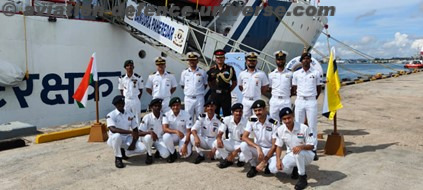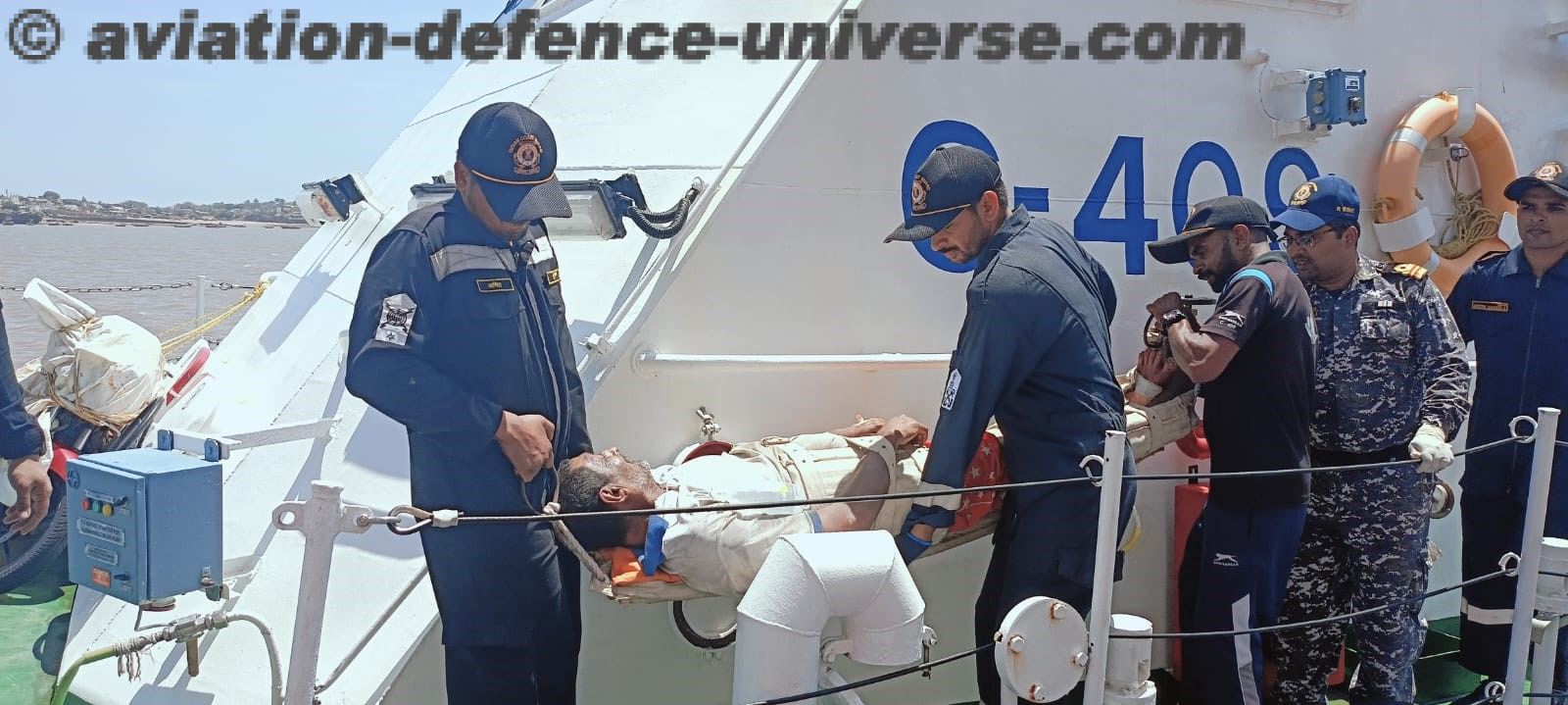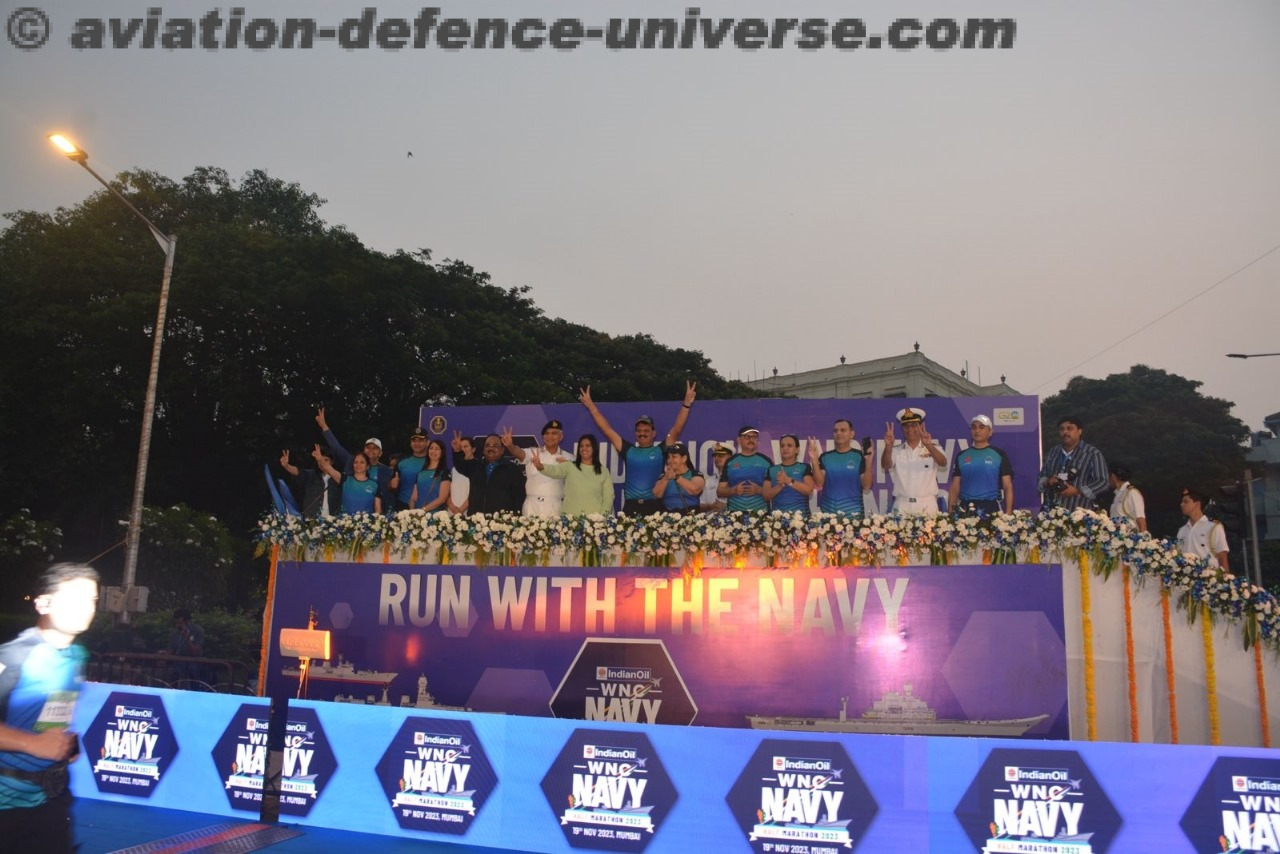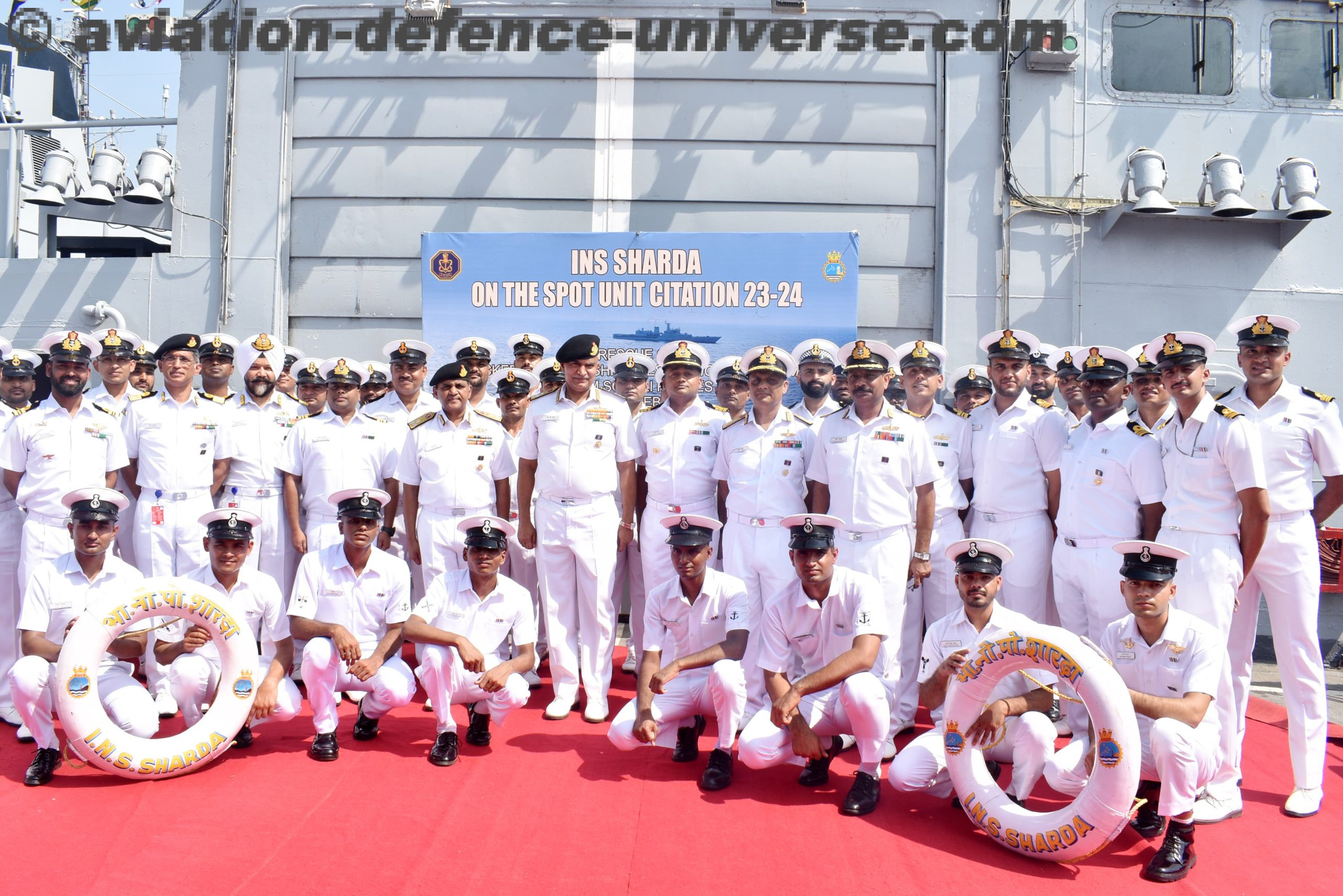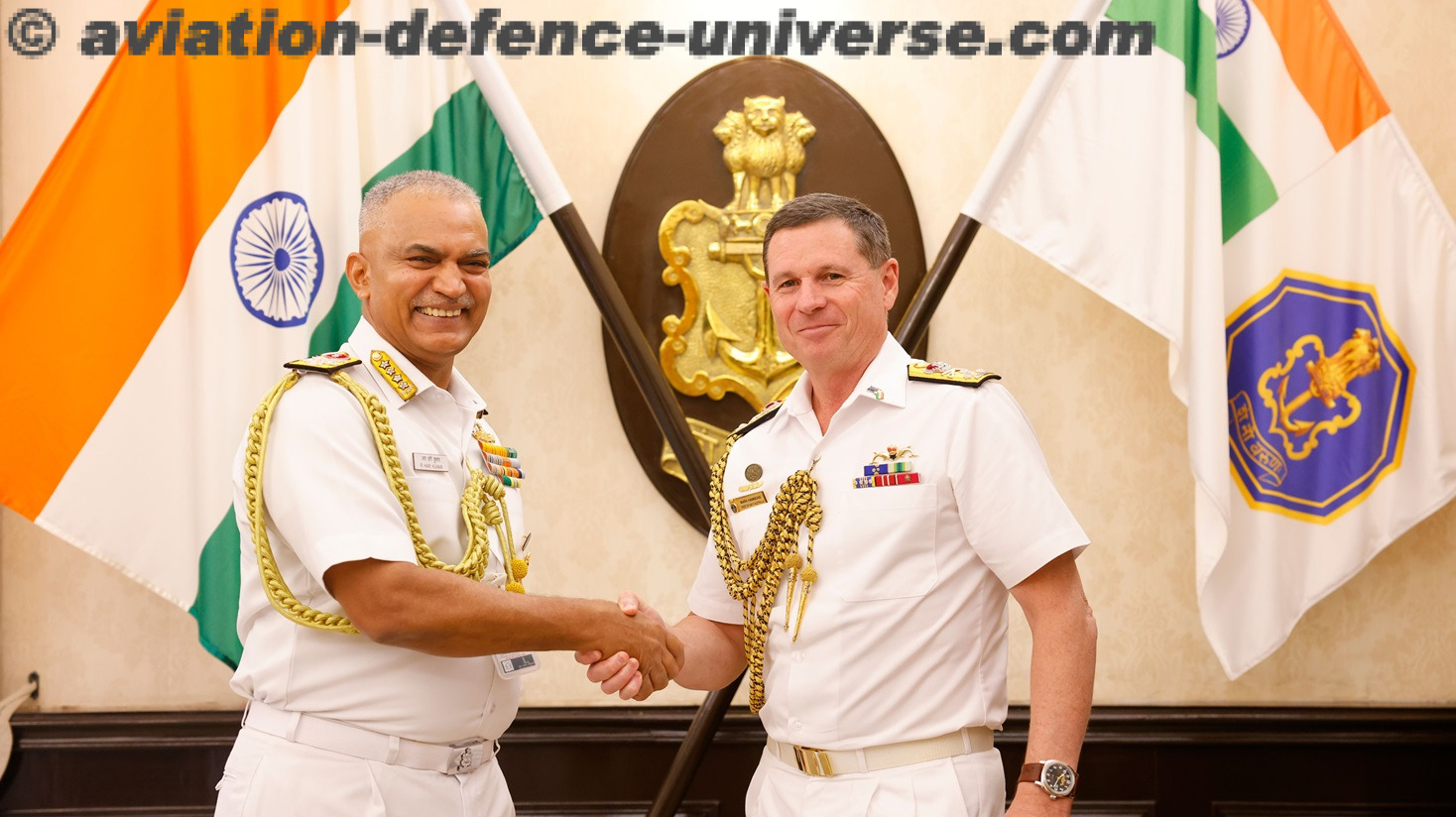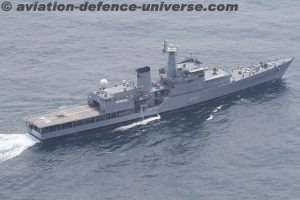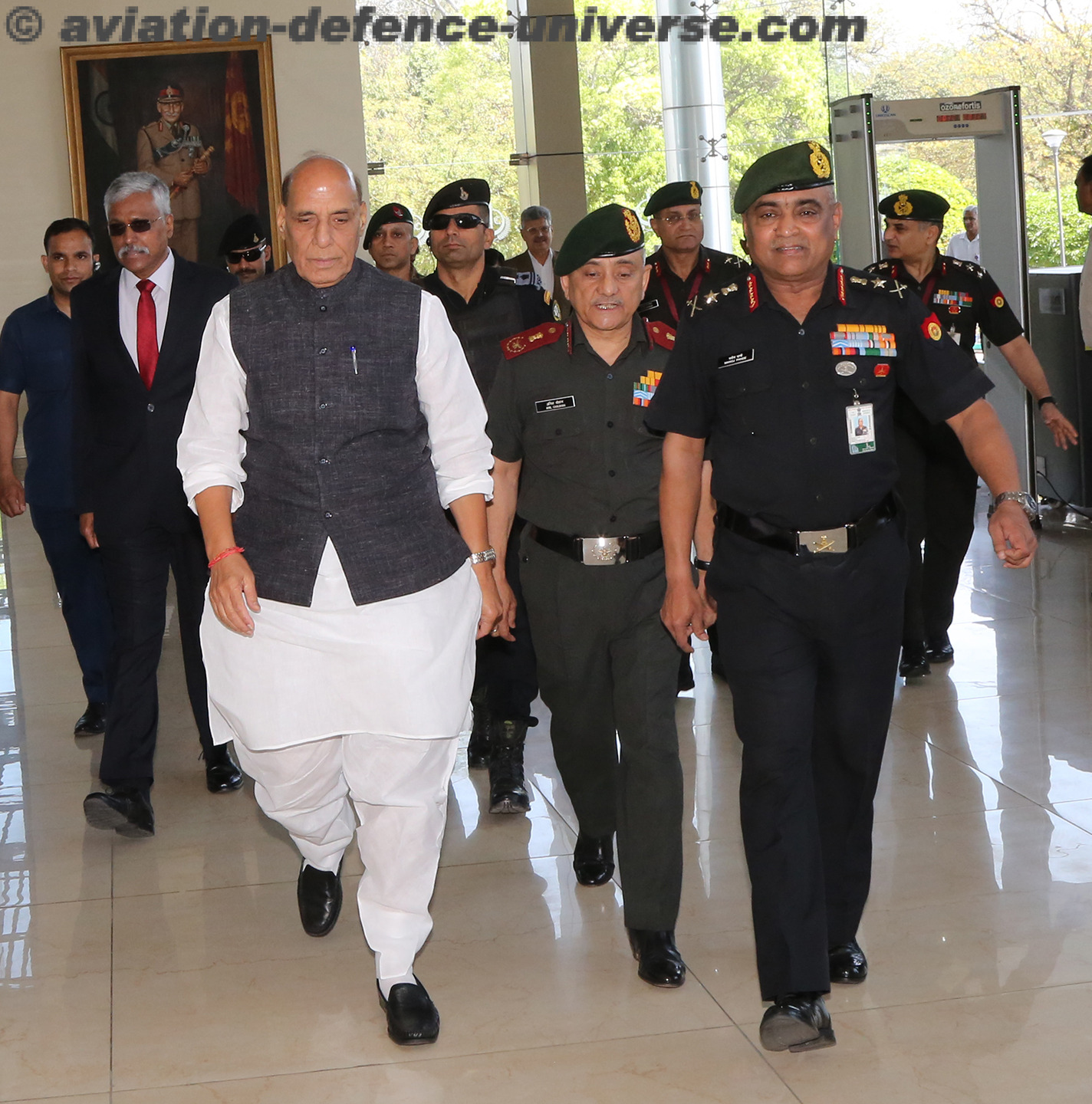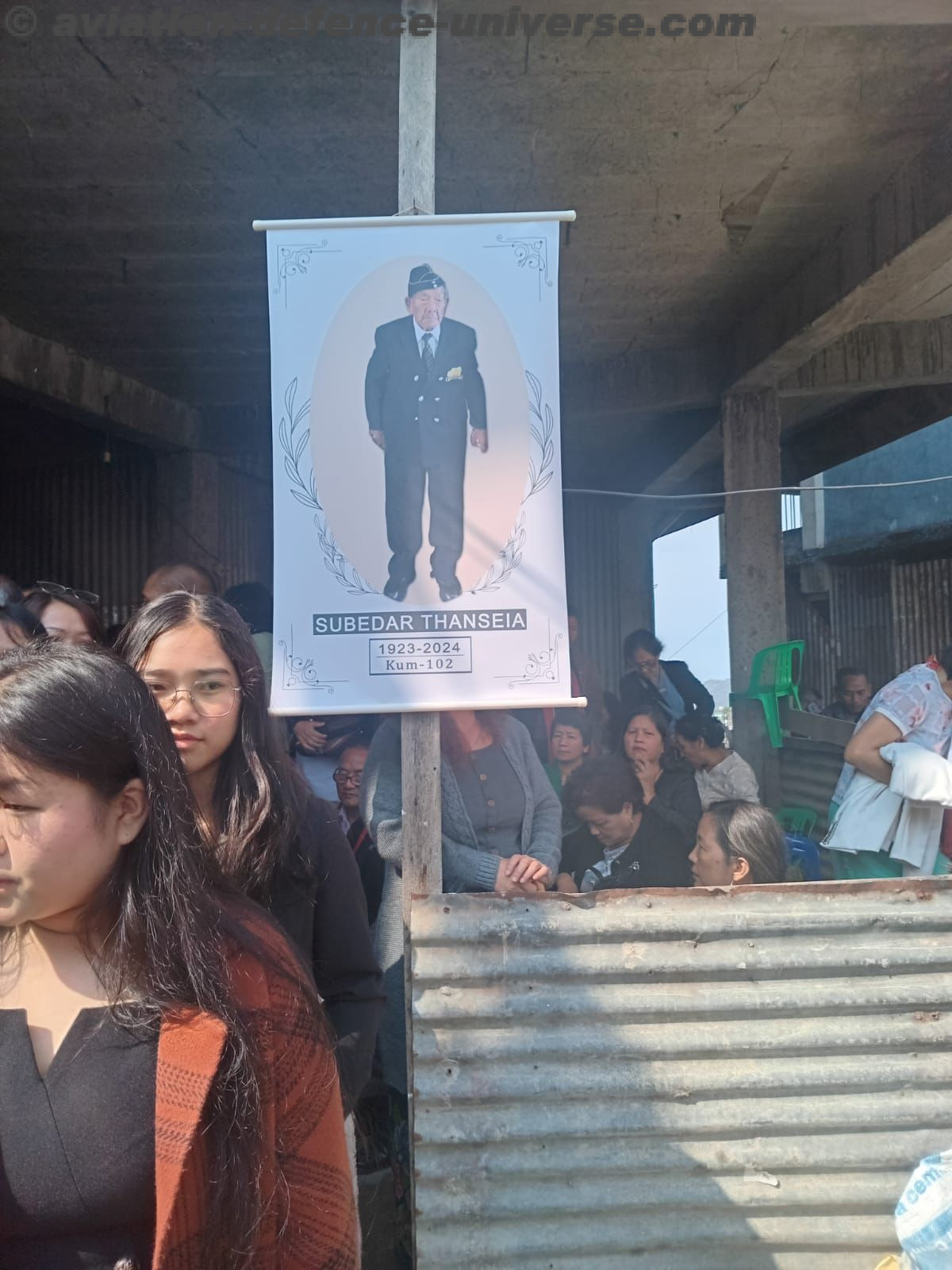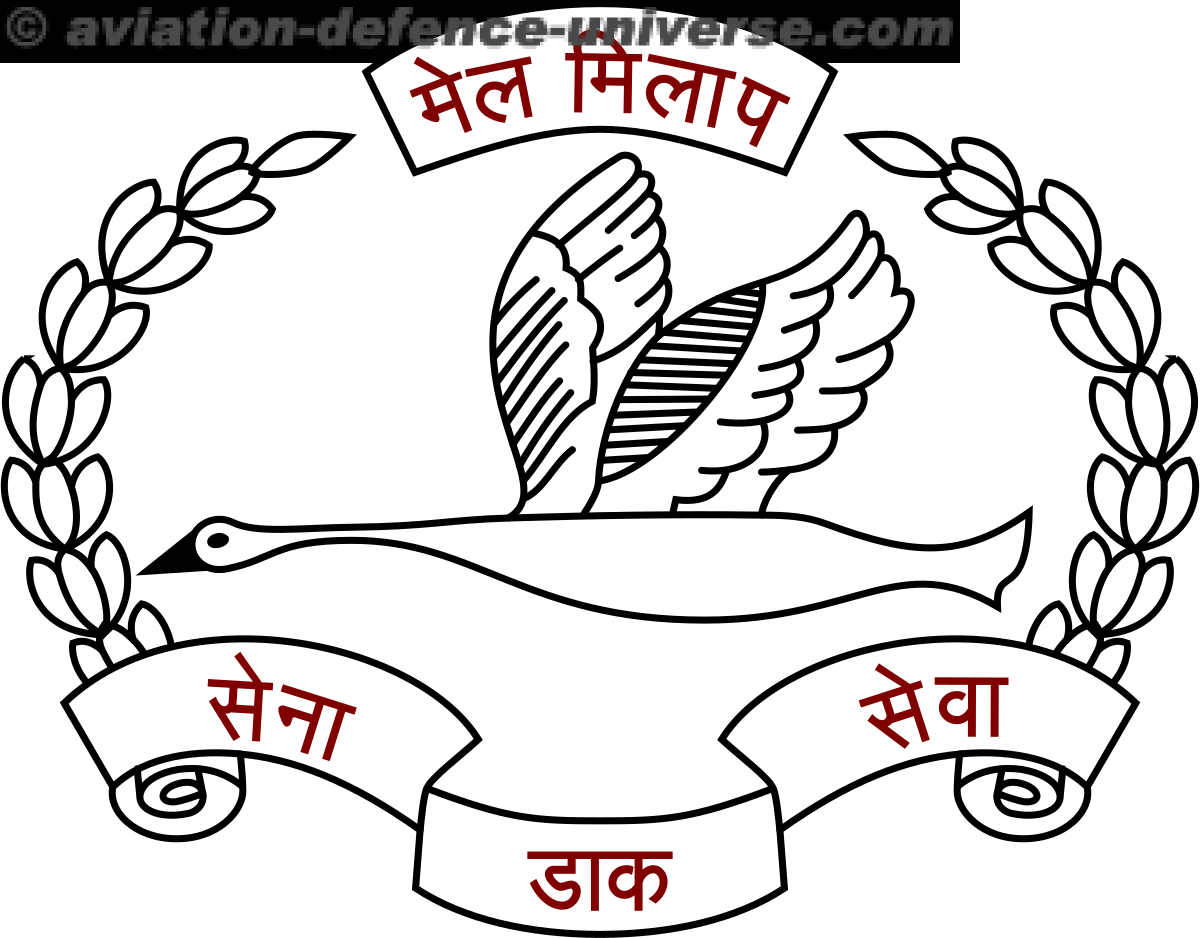Battle of Basantar was fought in the Western front of India during the Indo-Pak war of 1971.It is considered to be one of the Fiercest Tank Battle ever fought between two countries. The Indian troops won this battle and secured the area of Punjab and Jammu for India.
Date: December (4–16, 1971)
Pakistam Military’s Aim: cut off Jammu and Kashmir from the rest of India.
Location Of The Battle: Shakargarh Buldge, it is a strategic area in the Punjab and Jammu Sector, with road links important for both India and Pakistan.
Result: victorious Indian Army
Reason Behind Pakistan To Open The Western Sector
Pakistan opened the western front to divert the Indian troops from the Eastern front in Bangladesh. Additionally, it felt that if it controlled the Shakargarh area it could easily launch a massive invasion on Indian bases and take over cities around the area.
Indian Position
The Indian Army had to protect its army base, Pathankot, keep the roads to Kashmir open and to protect Amritsar and Pathankot from becoming easy Pak military targets.
Battle Plan -Pakistan
Capturing Shakargarh was part of the Pakistan war strategy in the Western sector. According to the plan Pakistan hoped to cut-off the link roads between the Indian Army and its bases in Jammu and Kashmir. This would put them in a position to effortlessly invade and take over Kashmir. Their intention was to subsequently use it as a bargaining chip with India.
The Pakistan Army – 1 Corps which included 3 infantry divisions, one armed division, armed brigade artillery and support units. Not only this they had backup reserve of 5 division, it clearly outnumbered and was better equipped than the Indian Army.
Battle Plan India
The aim was
- To secure Pathankot Army base from the Pakistan attack. The Indian army was also led by 1 corps, it included 3 infantry divisions, one armoured division, two artillery brigades and an engineer brigade.
- To deftly enter and secure a 4 tier minefields laid with anti-personnel and tank mines.
The Battle
The Indian army attacked Pakistani positions within just four days after the declaration of war, this offensive caught the Paki Army by surprise. After a few days of intense tank battle the Indian 1 corps not only had the Paki army on its knees but had also come close to capturing their military base, Sialkot.
Major Events of the Battle
47 Infantry brigade was ordered to establish a bridgehead across the Basantar river. Understanding the urgency, the brigade succeeded in building the bridgehead (a strong position secured by an army inside enemy territory from which it can advance or attack) by 2100 hours on 15 December.
Paki army had laid landmines in 4 tiers with anti-personnel and anti-tank mines. It was now the job of the infantry and armed columns to create a safe passage for the advancing tanks of 17 Poona Horse.
The Indian plan was to advance stealthily during the night after the mines had been cleared and an all-clear signal was given by the engineers, but the news of Pakistan strengthening its defences preempted the advance.
The army engineers were only halfway through when the 14th Poona Horse commandant took a daring decision – to push through the uncleared mines in a daring broad daylight charge at the daunting enemy.
On December 16, two tank troops of Poona Horse (one of which was under the command of 2/Lt Arun Khetarpal) were ordered to move towards Jarpal into Pakistan territory. In a daring counter attack, he led his 3 tanks into the minefield area. The fortune favours the brave and every Indian tank passed the minefield unscathed. It was the first time ever in the history of wars that such a bold strategy was deployed.
A fierce battle ensued in which the Indian tank troop came under fire from paki tanks as well as artillery fire. They retaliated by destroying 27 Paki tanks, the biggest ever by a single regiment, and over-ran all enemy defences. The paki army had to call the 8th armed brigade for reinforcements.
During the ferocious fight one Indian tank was hit and the troop commander was killed on the spot. This left 2 Lt Arun Khertapal and his troop of 2 tanks all alone in the combat zone, with a fast-approaching battery of Paki Patton tanks.
Even though he was clearly outnumbered the gusty officer Lt. Arun Khetarpal led a highly skilled assault with his 2 remaining tanks. He fought back, destroying 10 tanks before his tank was hit by enemy shell. He single handedly broke the moral of the Paki army and laid the foundation for victory to India. Though grievously injured, he refused to withdraw. His last words were, “No Sir, I will not abandon my tank. My gun is still working and I will get these guys”
The Indian troops lost 4 tanks while the much-equipped Paki army lost 51 tanks.
The Indian troops made massive gains of1,000 sq km area into Pak to coming threateningly close to the Pakistan Army base at Sialkot.
The Operations ceased at 8 pm on December 17.
2Lt Arun Khetrapal became the youngest Indian to win the country’s highest wartime gallantry award, Arun’s PVC citation said: “His intrepid valour saved the day; the enemy was denied the breakthrough they were so desperately seeking. Not one enemy tank got through.”
Some interesting Facts:
Pakistan Army removed all the commanding officers after the humiliating defeat.
The 47th Infantry Brigade was renamed Basantar Brigade in honour of it thumping victory.
Pakistan had lost considerable portions of land on both sides of the border.







